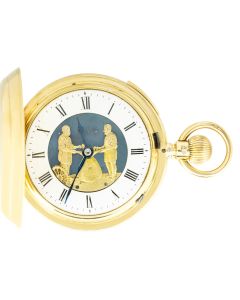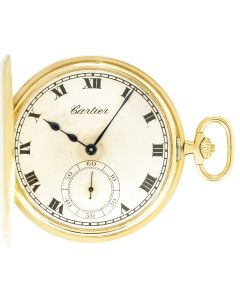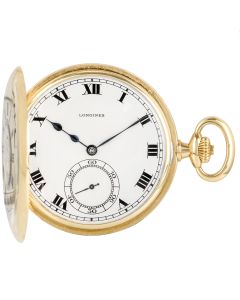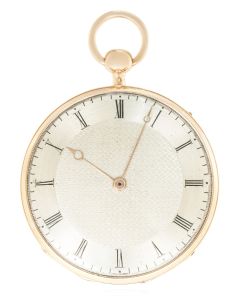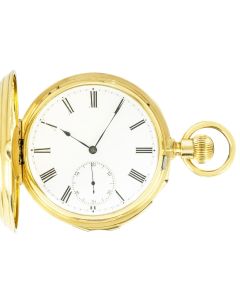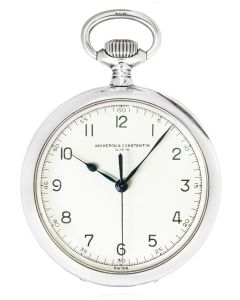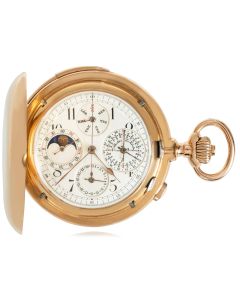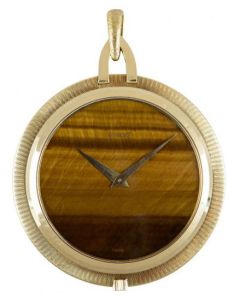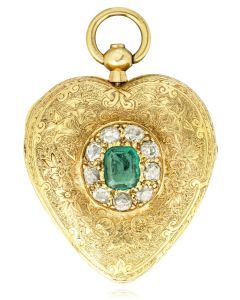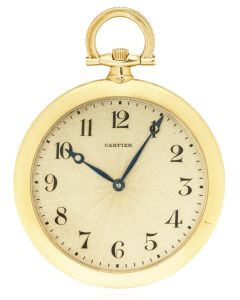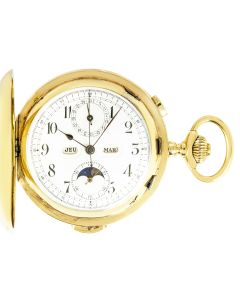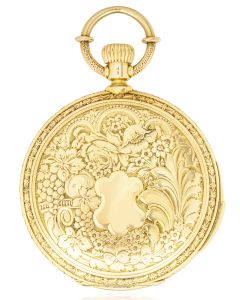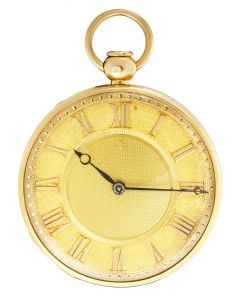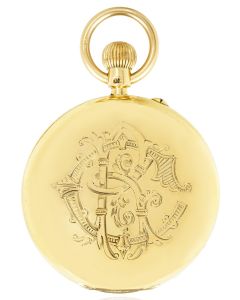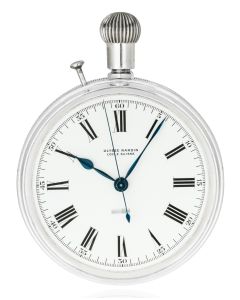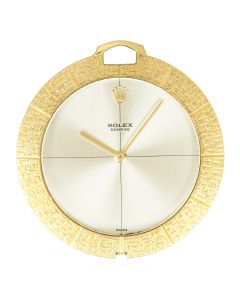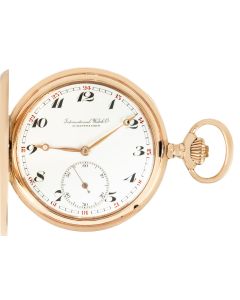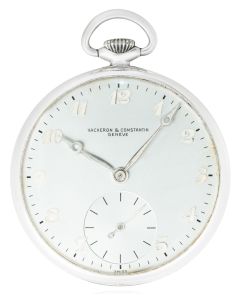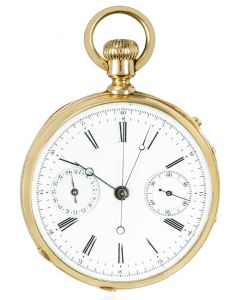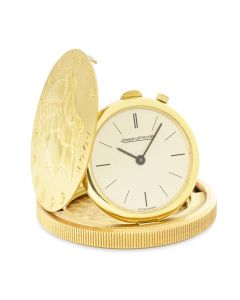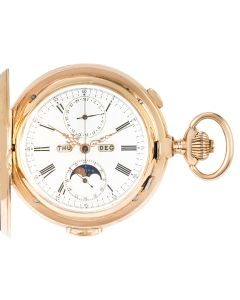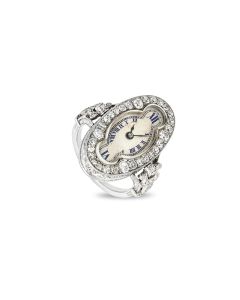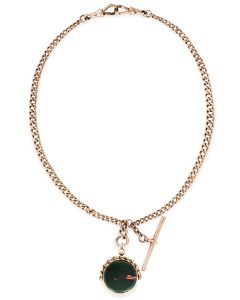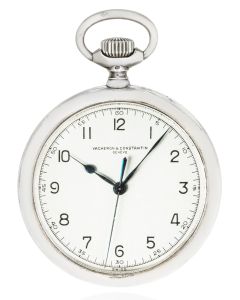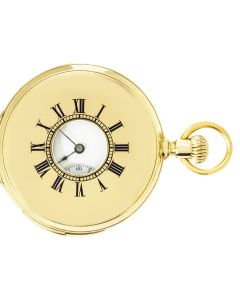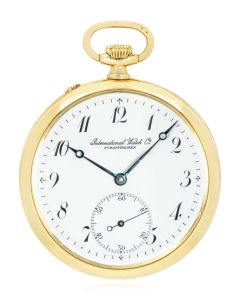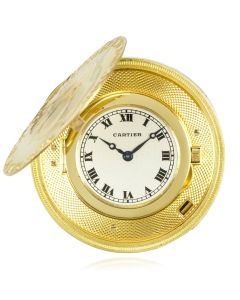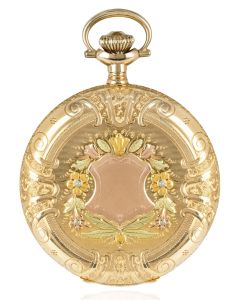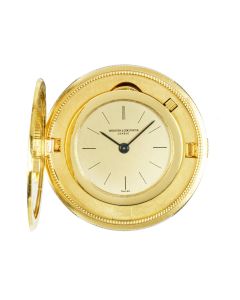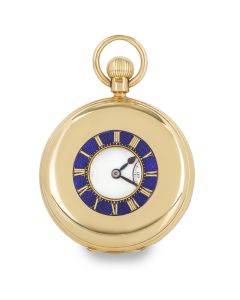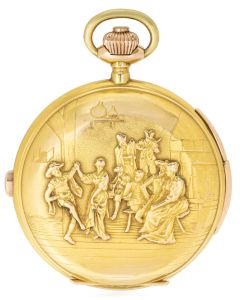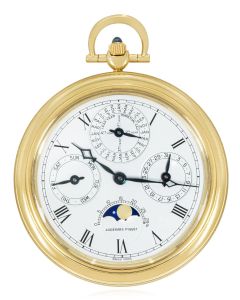Vintage Pocket Watches
Pocket watches have been in existence since the 16th century when they were first referred to as "Nuremberg Eggs." The earliest pocket watches were spring-driven, with the mainspring being wound by hand. Over time, more intricate designs and materials were used, such as gold and silver cases, and enamelled dials. By the 19th century, pocket watches had become popular among men and women of all classes.
In 1868, the first keyless winding pocket watch was invented by a Swiss watchmaker named Jean-Adrien Philippe, which allowed users to wind their pocket watches without a key. This type of pocket watch eventually became one of the most popular models due to its convenience and accuracy.
During World War I, soldiers began wearing wristwatches instead of pocket watches due to their convenience and practicality on the battlefield. As a result, pocket watches declined in popularity over time but continued to be used by businessmen and other professionals who appreciated their traditional look and feel. In recent years, pocket watches have experienced a resurgence in popularity as a collectable item.
The Most Intricate Pocket Watches
Throughout history, many pocket watches have been created that are notable for their intricate designs and exceptional craftsmanship. These pocket watches represent some of the most intricate and exceptional timepieces ever made and are highly prized by collectors and enthusiasts for their exceptional craftsmanship, intricate designs, and historical significance.
The Graves Supercomplication - 1933
The Graves Supercomplication is a pocket watch that was created by Patek Philippe in 1933 and is widely considered one of the most complicated timepieces in history. The watch was commissioned by American banker Henry Graves Jr. and took over five years to design and manufacture. The Graves Supercomplication features 24 complications, including a perpetual calendar, a split-seconds chronograph, a minute repeater, and a celestial chart of the night sky that displays the positions of the stars in New York City.
The watch is also notable for its exceptional craftsmanship and attention to detail, with each component being carefully crafted and assembled by hand. The Graves Supercomplication was sold at auction in 2014 for a record-breaking price of over $24 million, making it one of the most valuable timepieces in history.
Patek Philippe’s Calibre 89 - 1989
Patek Philippe's Calibre 89 is a pocket watch that was created by Patek Philippe in 1989 to celebrate the company's 150th anniversary. It is widely considered one of the most complicated timepieces ever made, with 33 complications and 1,728 individual parts. The Calibre 89 features a variety of functions, including a perpetual calendar, a tourbillon, a minute repeater, a grand strike, and many others. The Calibre 89 was produced in a limited edition of only four pieces, making it one of the rarest and most sought-after timepieces in the world.
Vacheron Constantin 57260
This pocket watch, created by Vacheron Constantin, is considered one of the most complicated timepieces in history, with 57 complications and over 2,800 individual parts. The watch features a perpetual calendar, a minute repeater, a tourbillon, a split-seconds chronograph, and many other intricate details.
A Royal Pocket Watch: Breguet Marie Antoinette - 1783
The Breguet Marie Antoinette is a legendary pocket watch that was created for Queen Marie Antoinette of France. Commissioned in 1783 by an anonymous buyer, the watch was designed and created by the renowned Swiss watchmaker Abraham-Louis Breguet. It was intended as a gift for the Queen, but was never delivered due to the outbreak of the French Revolution.
The Breguet Marie Antoinette is widely considered to be one of the most complex and intricate timepieces ever created. Some of its most notable features include a perpetual calendar, a minute repeater, and a bimetallic thermometer. It is also one of the first watches to incorporate a self-winding mechanism, which was a revolutionary development at the time.
Pocket Watch Buying Considerations
If you're considering buying a vintage or antique pocket watch, here are some factors to keep in mind:
Price: Vintage and antique pocket watches can range in price from a few hundred pounds to several million, depending on the brand, rarity, condition, and complexity of the timepiece. It's important to have a budget in mind and to do your research to ensure that you're getting a fair price for the watch you're interested in.
Case type: Pocket watches come in a variety of case types, including hunter, half-hunter, open-face, and solid back. The type of case you choose will depend on your personal preference and the intended use of the watch. Hunter case watches, for example, have a cover that protects the crystal, while open-face watches have a clear front that allows you to see the time without opening the lead of the watch.
Movement: The movement of a pocket watch is the mechanism that powers the timekeeping functions of the watch. There are several types of movements, including manual, mechanical, quartz, and automatic, each with its own pros and cons. When considering a vintage or antique pocket watch, it's important to consider the type of movement and to ensure that it is in good working condition.
Sought-after brands: Some of the most sought-after brands for vintage and antique pocket watches include Patek Philippe, A. Lange & Sohne, Vacheron Constantin, Breguet, Rolex and of course the famous English watchmakers like Dent, Frodsham, Arnold and Kullberg. These brands are known for their exceptional quality and craftsmanship, and their timepieces are highly prized by collectors.
Investment potential: While some vintage and antique pocket watches can be considered good investments, it's important to keep in mind that the value of a watch is influenced by a variety of factors, including rarity, condition, and demand. Before making a purchase, it's important to do your research and to understand the current market trends which our resident expert would be happy to advise you on.
Rarity: The rarity of a pocket watch can have a significant impact on its value. Watches that are one-of-a-kind, or that were produced in limited quantities, are often more valuable than those that were produced in larger numbers. When considering a vintage or antique pocket watch, it's important to consider its rarity and to do your research to understand its historical significance.
Read our full pocket watch buying guide for further guidance.
Here at WatchCentre our team of trained personnel is highly experienced in authenticating antique pocket watches, providing valuations, and helping you understand the investment potential of each timepiece. Their extensive collection of vintage pocket watches is carefully curated, and they take pride in offering only the highest quality timepieces to their customers. Whether you're looking for a specific brand or style, or simply exploring the world of vintage pocket watches, browse our selection and contact our friendly team with any questions you may have.
FAQs
Q: When were pocket watches invented?
A: The first pocket watches were invented in the 16th century, although they were not widely used until the 17th century. The earliest pocket watches were worn as pendants and were known as "Nuremberg eggs" because many of them were made in Nuremberg, Germany. These watches were small and ornate, and they were often given as gifts to royalty and nobility. In 1868, the first keyless winding pocket watch was invented by a Swiss watchmaker named Jean-Adrien Philippe
Q: What are pocket watches made of?
A: The materials used in the construction of a pocket watch can vary widely depending on the watchmaker, the time period, and the intended use of the watch. Popular materials include stainless steel, brass, silver, gold and platinum.
Q: How much are antique pocket watches worth?
A: The value of an antique pocket watch can vary widely depending on a number of factors, such as the brand, the age, the condition, and the rarity of the watch. If you have an antique pocket watch and you're curious about its value, you may want to consider consulting with a professional appraiser who specialises in antique watches. They can provide a more detailed assessment of your watch and its value.
Q: Does Rolex make pocket watches?
A: Yes, Rolex has made pocket watches in the past. In fact, for the first couple of years of Rolex’s life (1905 - 1907), wristwatches were unheard of, so all it released were pocket watches. By the Second World War pocket watches had become all but obsolete, so Rolex only released the odd one up until the 1970’s.
Q: How do you open a pocket watch?
A: The process for opening a pocket watch will depend on the specific design and mechanism of the watch, but some general steps that can help you open a pocket watch include: To open a pocket watch, locate the crown and release the cover. Wind the watch by turning the crown clockwise and set the time by pulling the crown and turning it. Close the case by reversing the steps.
Q: How do you wind a pocket watch?
A: To wind a pocket watch, locate the crown on the watch and turn it clockwise until you feel resistance. Stop turning the crown once you feel resistance, as overwinding can damage the watch's mechanism. The early antique watches were wound with a key.
Please visit our website for our full collection of pocket watches. Or call and speak to our specialist team.




